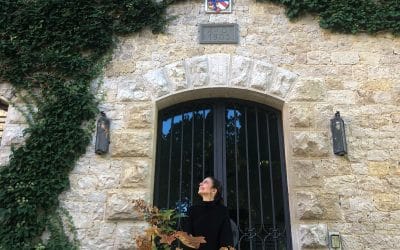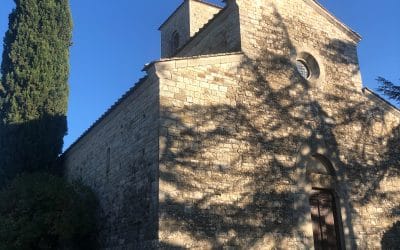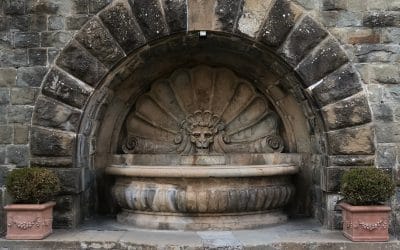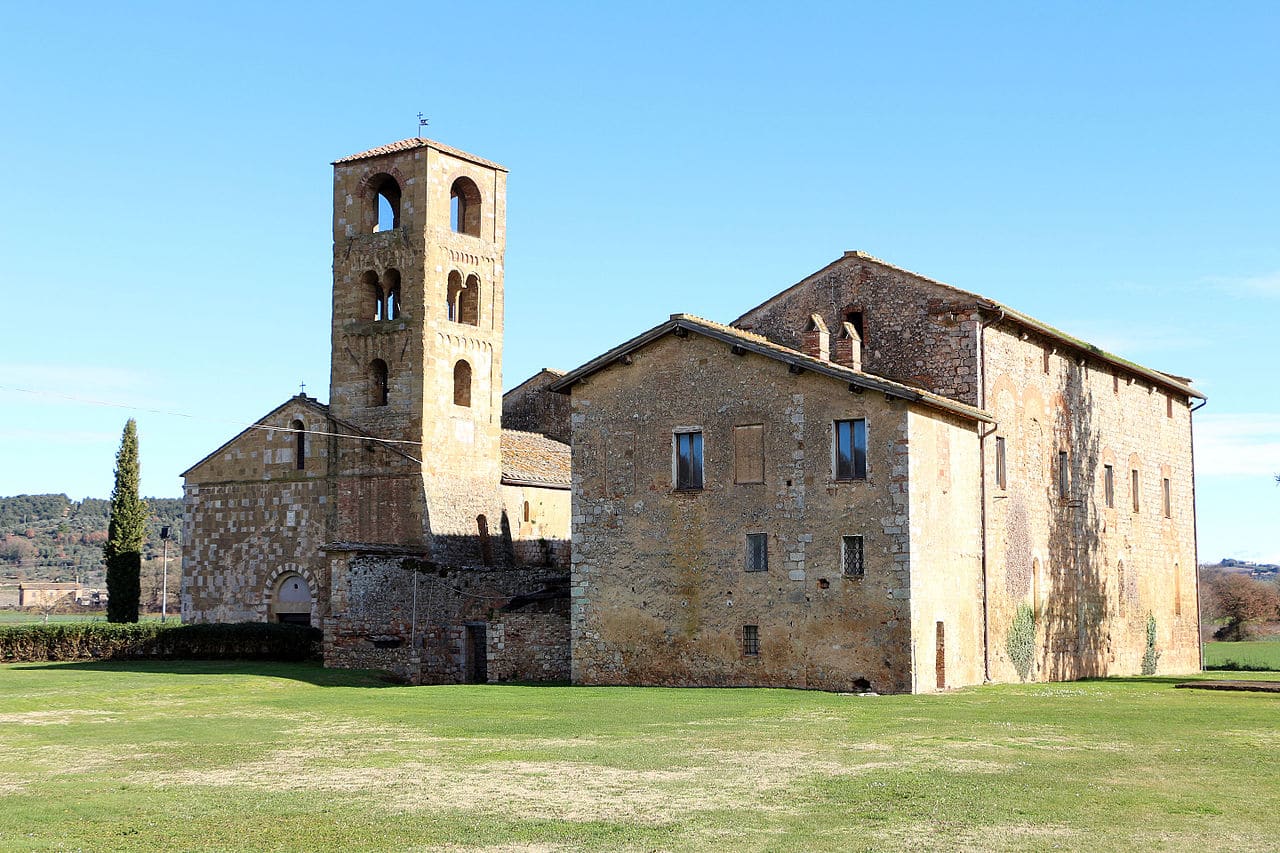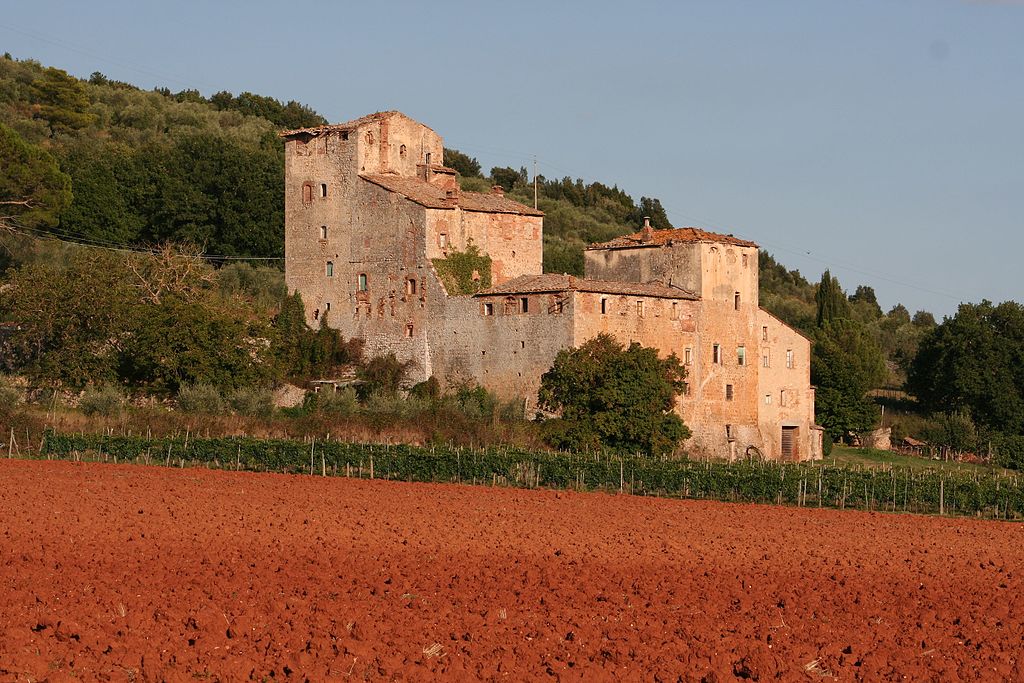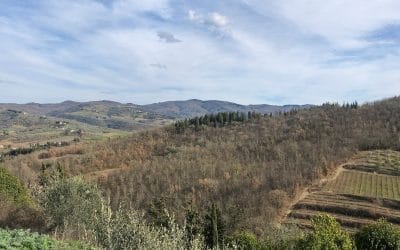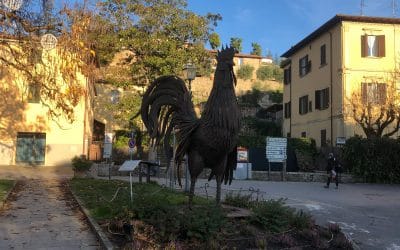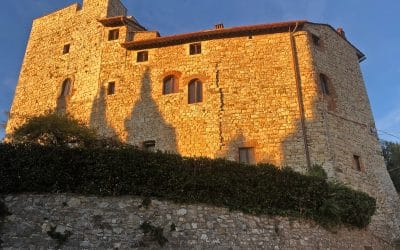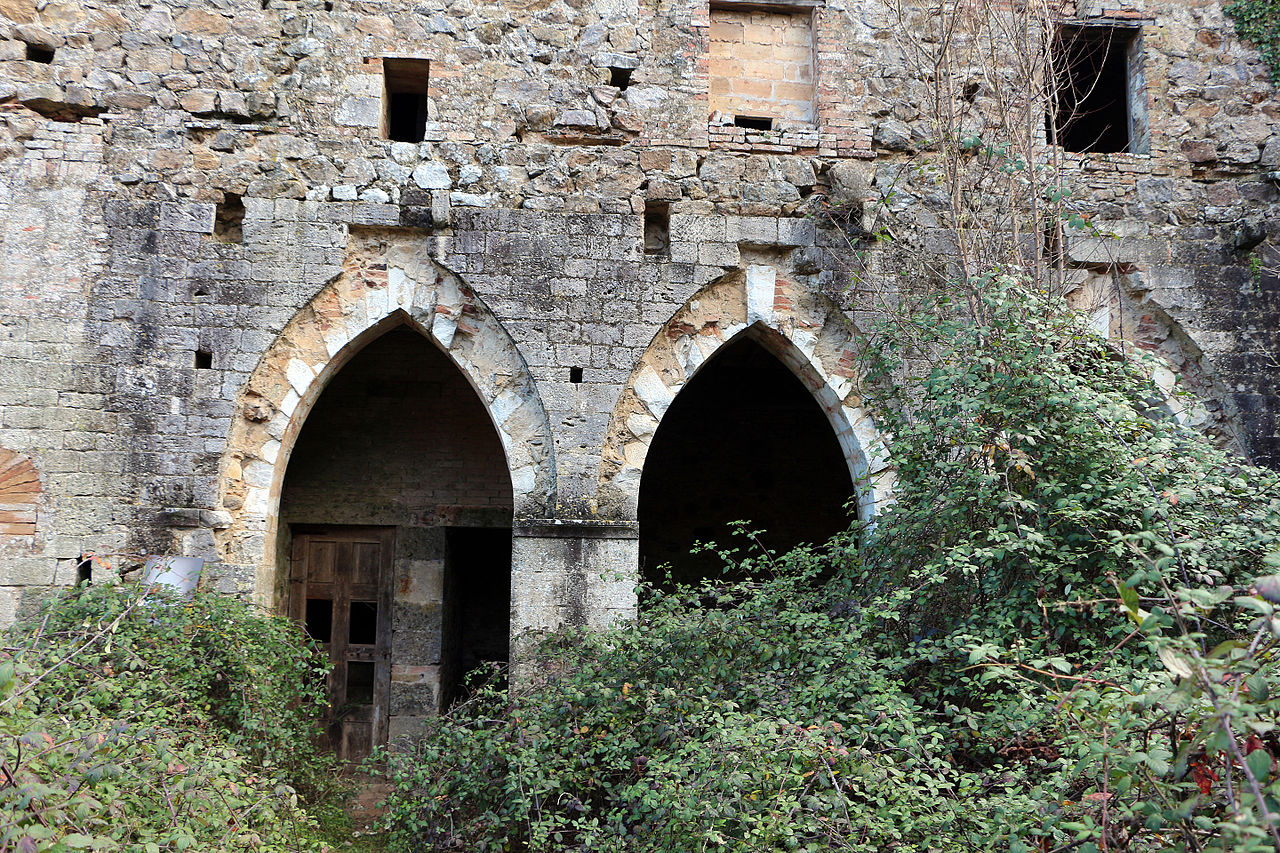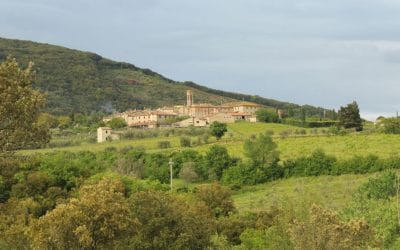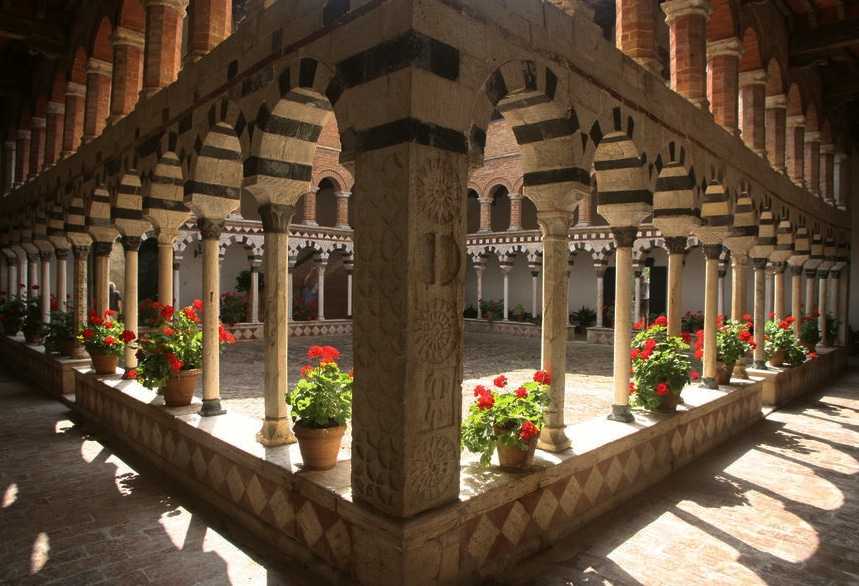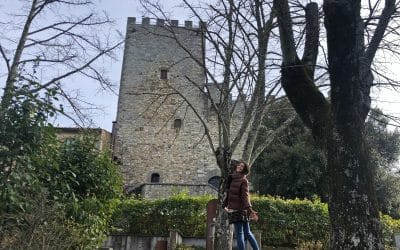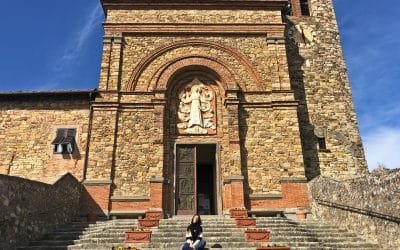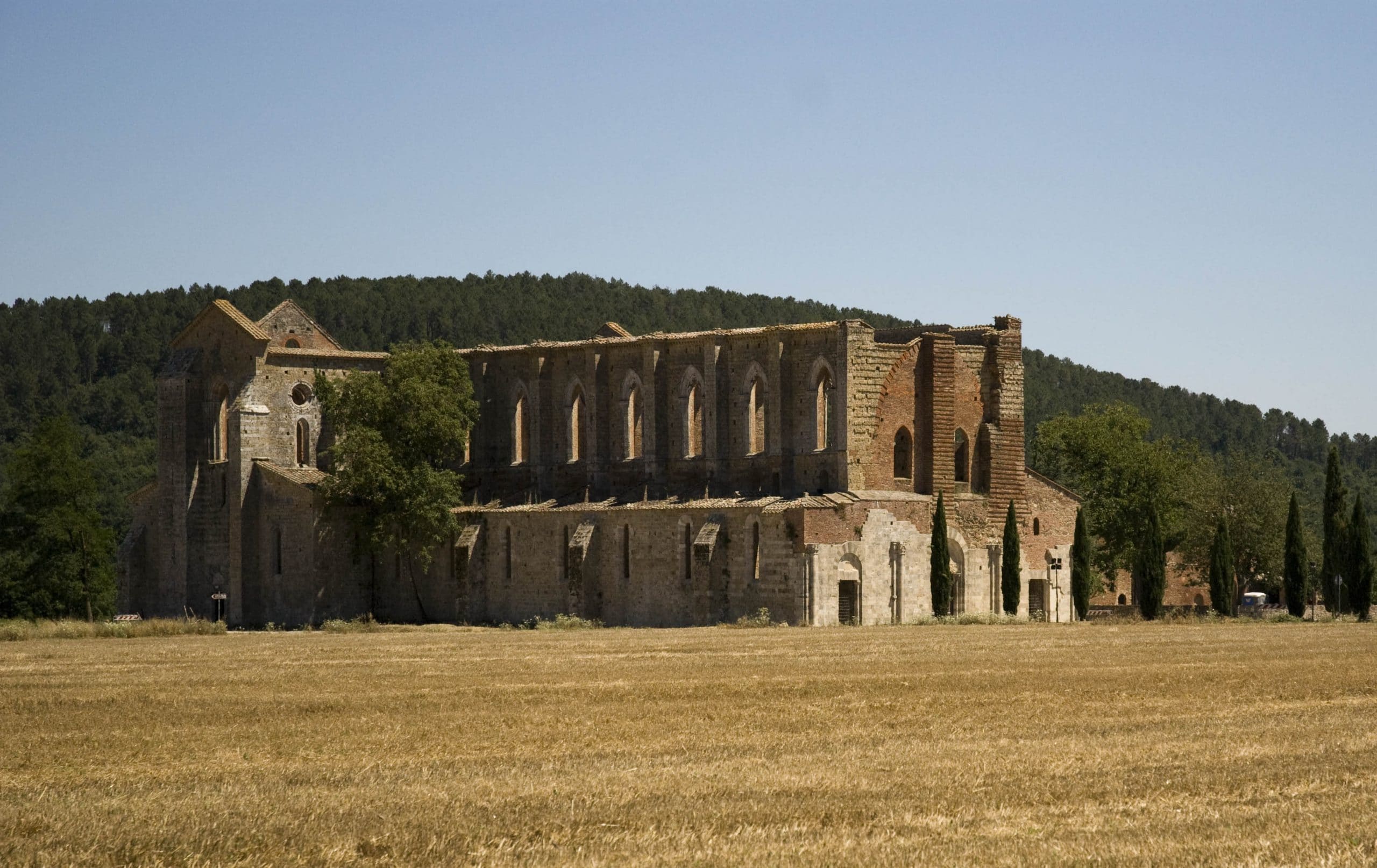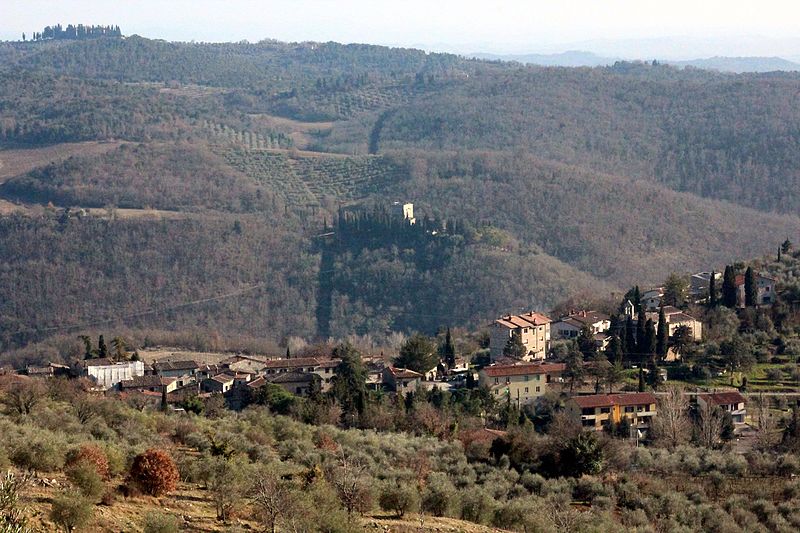Parish Church of San Polo in Rosso Its forms are reminiscent of a strange union between the sacred and the militaryOf great artistic interest is the parish church of San Polo in Rosso, already mentioned before the year 1000 as property of the Firidolfi family, later...
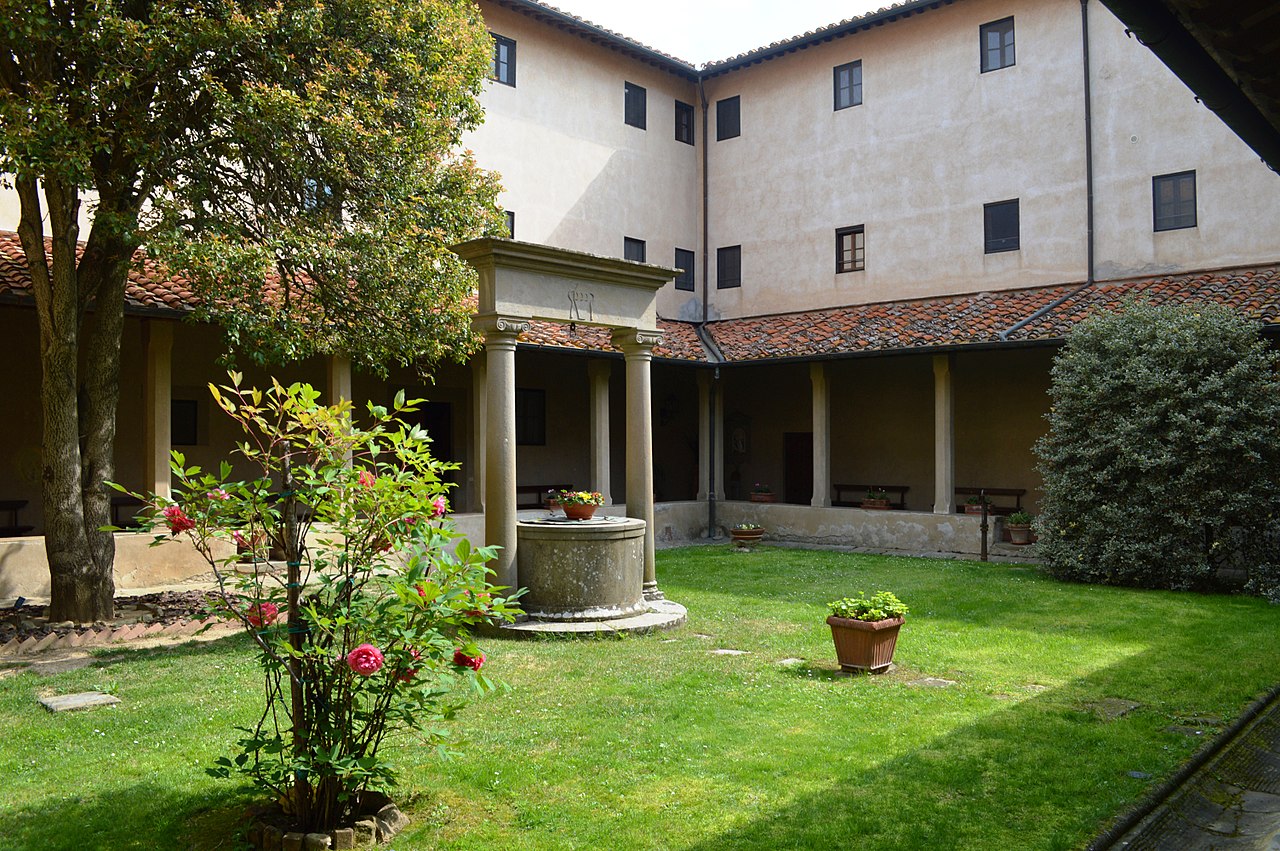
Eremo di Lecceto
Eremo di Lecceto
Area of multiple monastic experiences, of a life devoted to prayer and meditation
The Lecceto Hermitage is the most famous of the Augustinian hermitages and is located about eight km west of Porta San Marco in Siena. The hermitage-fortress, with a beautiful stone tower, is located in a very picturesque position on the edge of beautiful holm oak woods in an area called Grillanda, about 300 metres above sea level. Being only a mile away from San Leonardo al Lago, many historians have confused them over time.
The Lecceto Hermitage has a beautiful tower and, in addition to a distinctive portico and a remarkable bell tower, includes two cloisters: one from the 13th and one from the 15th century.. What is surprising, however, is the fact that such a famous hermitage has neither an official founder nor an official year of birth.
The hermitage community was the first to follow the new rule of St Augustine thanks to the approval of Prior Bartolomeo da Venezia. The monastery was always inhabited by Augustinian fathers from the first half of the 1200s until the end of the 1800s, the time of the Napoleonic suppression. In 1972, a female community of Augustinian nuns moved there after leaving the city of Siena. Their lives were completely woven with prayer, a prayer of meekness and compassion for man.
Continue with the discovery of Chianti…
Parish Church of San Polo in Rosso
Romanesque parish church of San Giusto in Salcio
Romanesque parish church of San Giusto in Salcio Sober, but imposing with the grey/soft colour of the stoneThe parish church of San Giusto in Salcio is an ancient Catholic church among the oldest in Chianti and belongs to the diocese of Fiesole.Continue with the...
Radda in Chianti
Radda in Chianti A place known for its evocative atmosphere and its marvelous landscapes Radda in Chianti is a spectacular medieval village enclosed by massive defensive walls, located on top of the hill that divides the valleys of Arbia and Pesa. To its typically...

